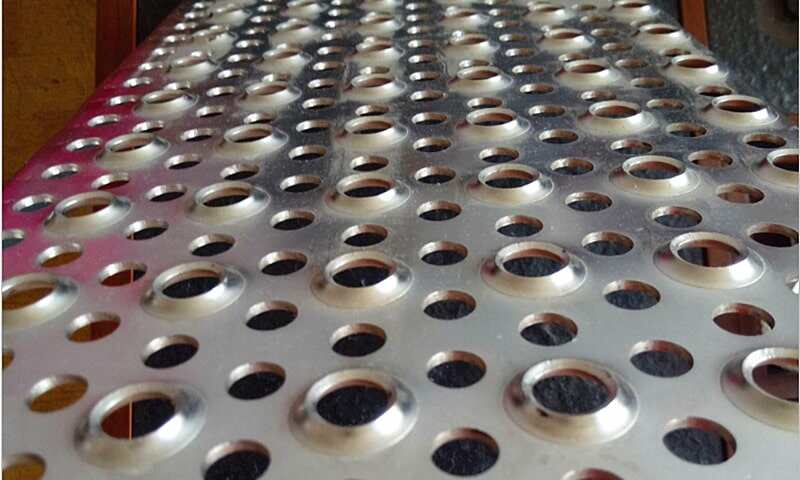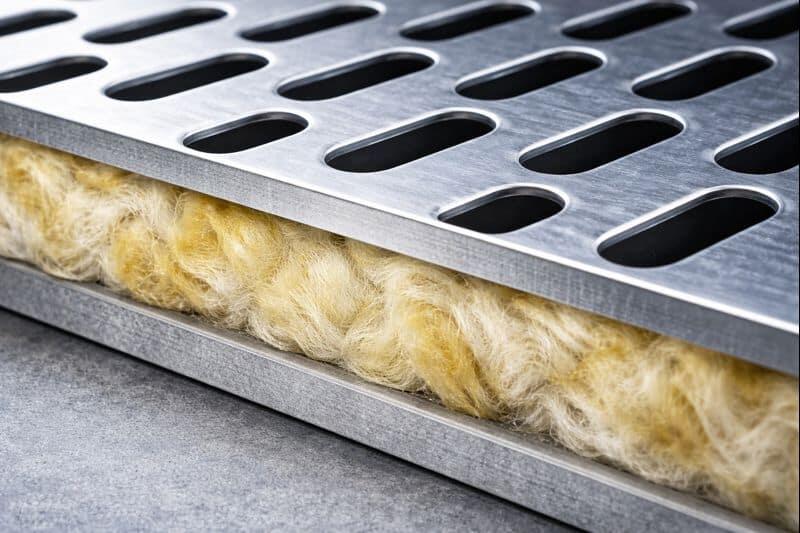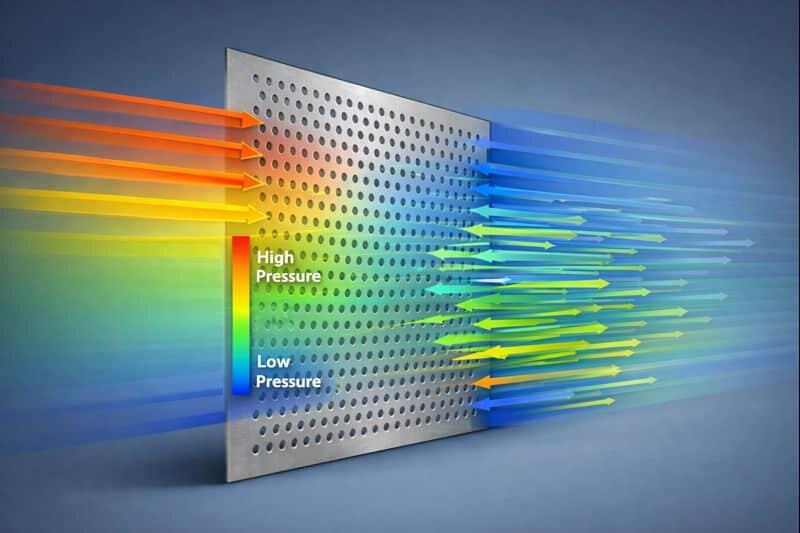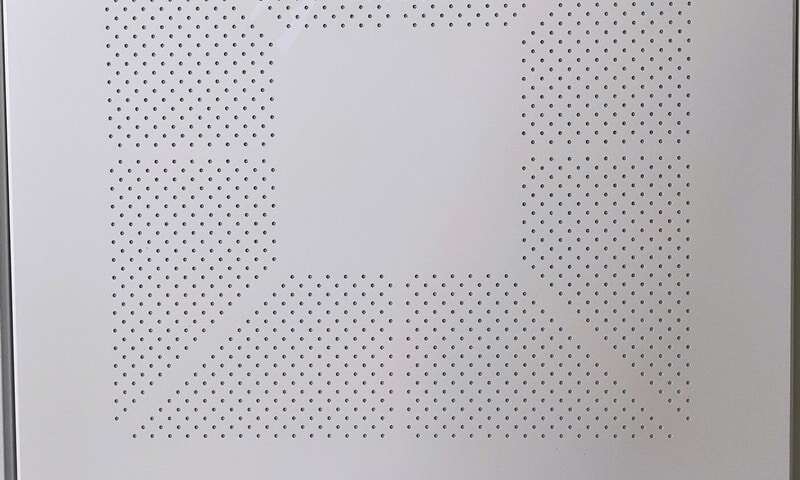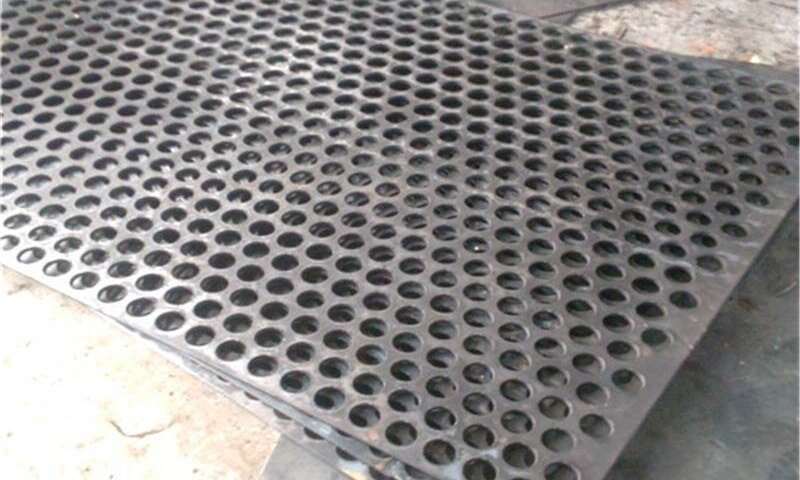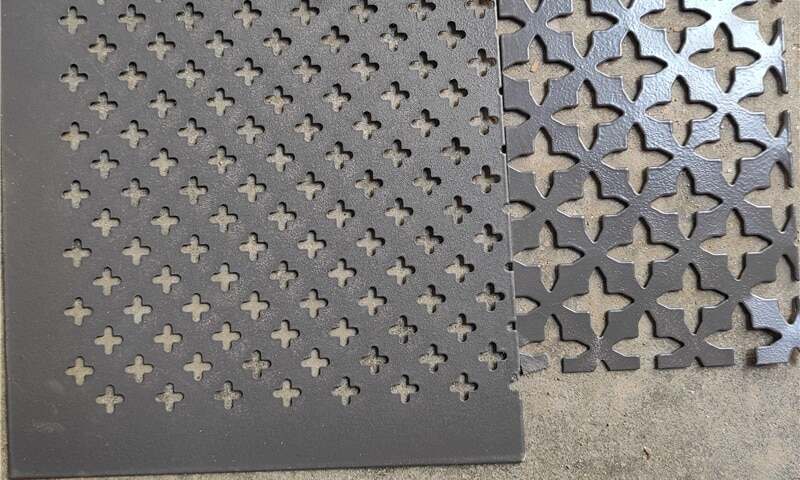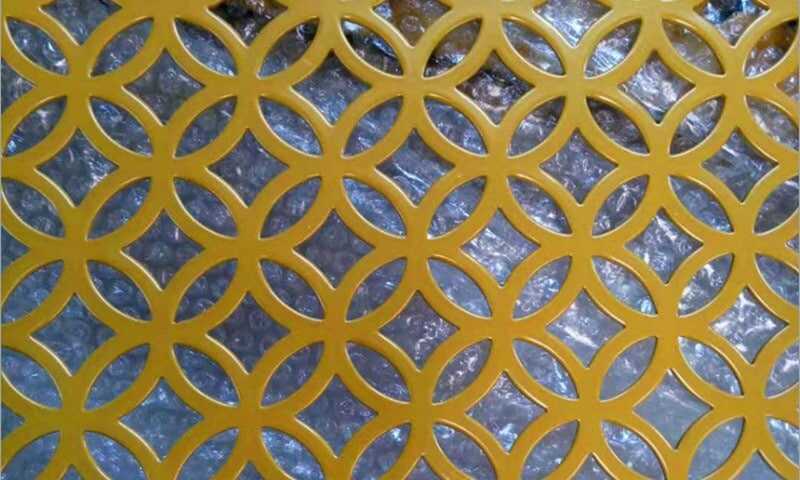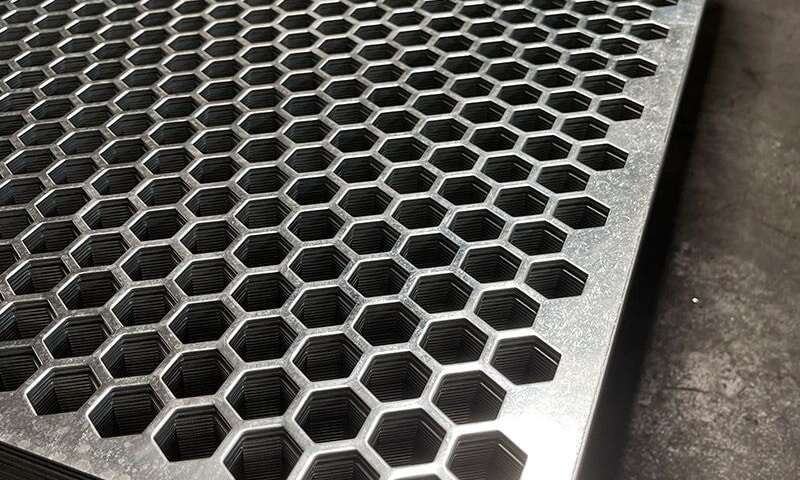Round perforated metal sheets are among the most widely used perforated materials in industrial manufacturing and construction. Their evenly spaced round holes provide a reliable balance of strength, airflow and durability. At our factory , we produce custom round perforated metal sheets with flexible choices in material, thickness, hole diameter and open area—supporting single-piece orders through to large production runs.
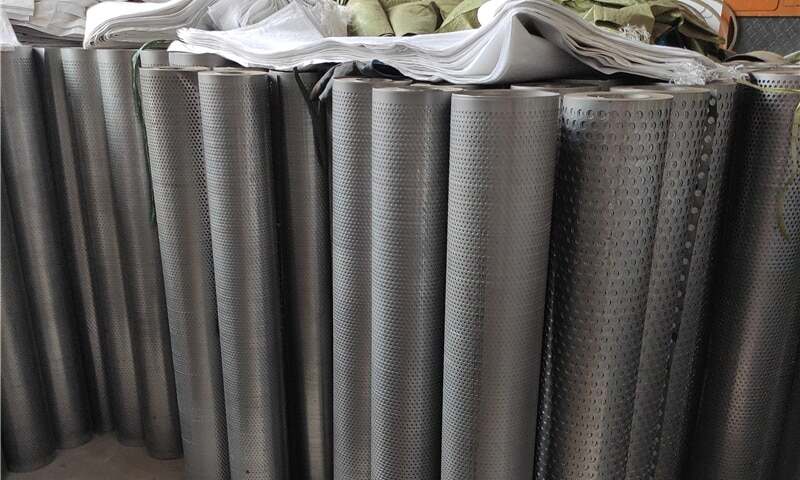
Basic Structure of Round Perforated Metal Sheets
A round perforated metal sheet is produced by punching round holes into a solid metal plate. The primary structural elements include:
- Base Metal
Sheets are commonly manufactured from carbon steel, galvanized steel, stainless steel, or aluminum. For heavy-duty or wear applications choose carbon steel; for corrosion resistance consider stainless steel or aluminum. - Hole Pattern and Pitch
Holes may be arranged in straight-line or staggered patterns (commonly 60°). Staggered patterns yield higher open area and better load distribution, making them a preferred choice in many industrial uses. - Thickness and Width
Typical thickness for industrial perforated sheets ranges from 0.5 mm to 5.0 mm, chosen according to strength and application needs. The maximum practical sheet width we supply is 1,500 mm, and all widths up to that size can be custom produced to order.
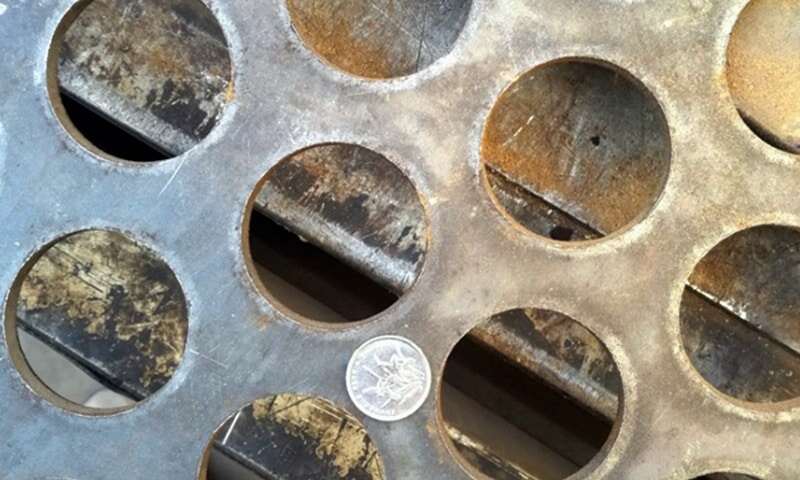
Common Hole Diameters and Open Area
In industrial practice, round hole diameters commonly range from 1 mm up to 30 mm. For special equipment or architectural-acoustic elements customers sometimes require very large holes — we can manufacture holes over 300 mm when the design and material allow.
Here is a practical selection guide for industrial applications:
| Hole Diameter (mm) | Typical Sheet Thickness (mm) | Typical Open Area (%) | Common Industrial Uses |
|---|---|---|---|
| 1–2 mm | 0.5–1.0 | 25–35% | Fine filtration, sound absorption |
| 3–5 mm | 1.0–1.5 | 35–40% | Airflow panels, protective guards |
| 6–10 mm | 1.5–2.5 | 40–45% | Screening, machine ventilation |
| 12–30 mm | 2.0–5.0 | 45–55% | Platforms, heavy screens, sieving |
Open area directly affects airflow, light passage and weight. A higher open area improves ventilation and reduces weight but reduces structural stiffness; lower open area increases rigidity and protection. We advise selecting hole diameter, pitch and sheet thickness together to hit the required performance balance.
Typical Industrial Applications
Round perforated metal sheets are widely used for screening, filtration, ventilation, machine guards and safety barriers. Representative industries include:
- Mining & Quarrying: Sieving and grading materials.
- Petrochemical & Chemical Plants: Filtration and separation components.
- Food Processing: Drying trays, conveyors and ventilation screens (food-grade stainless steel).
- Construction & Infrastructure: Ventilation panels, protective guards, and anti-slip flooring such as perforated safety grating.
- Agriculture & Grain Handling: Drying floors, bin screens and separators.
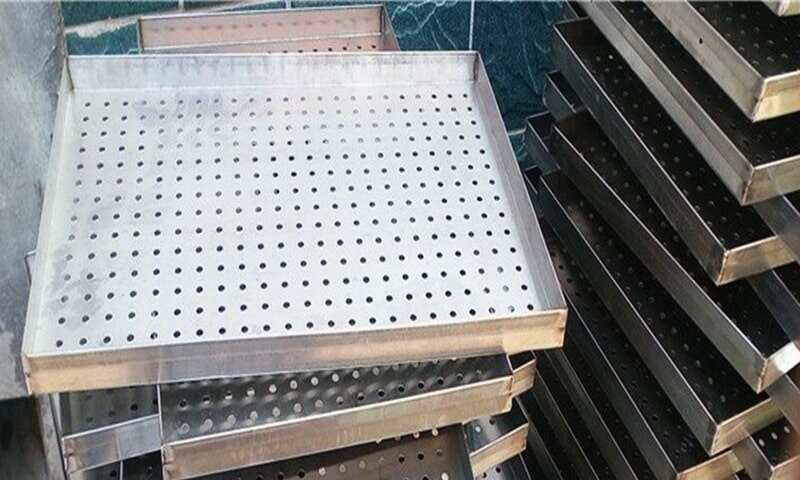
We also supply related perforated types—micro perforated sheets for fine filtration and slot perforated sheets for directional flow—so customers can pick the optimal product family for a given industrial application.
Customization & Why Choose Our Factory
What sets our factory apart is flexible customization and industrial focus:
- Full material choice: carbon steel, galvanized, stainless steel, aluminum.
- Custom dimensions: lengths and widths up to 1,500 mm.
- Hole sizes: commonly up to 30 mm and special orders exceeding 300 mm.
- Hole patterns: straight or staggered, variable pitch for targeted open area.
- Order flexibility: one-off prototypes to large batch production with consistent quality control.
Our production capability ensures accurate hole alignment, flatness, and repeatable tolerances—critical for industrial components where performance and safety are paramount.
Selecting the Right Specifications — Practical Advice
- Start from function: prioritize airflow, strength or filtration first.
- Match thickness to load: heavier structural uses need thicker plates (2.0–5.0 mm); light ventilation panels can use 0.5–1.5 mm.
- Choose hole/pitch together: a 6 mm hole at close pitch may deliver similar open area as a 10 mm hole at wider pitch—pick what suits your mounting and strength needs.
- Consider finish: galvanized or stainless surface treatments improve corrosion resistance in outdoor or wet environments.
If you’d like, we can provide a tailored recommendation based on your required open area, expected loads, and operating environment.
Conclusion & Contact
A correctly specified round perforated metal sheet delivers reliable performance across many industrial uses. Our factory offers full customization, engineering support and flexible order quantities to meet industrial projects worldwide.
For quotations, CAD layouts or technical advice, contact us at info@perfsheet.com — our team will respond with tailored solutions and lead-time information.


